

- RFQ
- BOM
-
Contact Us
Tel: +86-0755-83501315
Email: sales@sic-components.com
- Chinese
- English
- French
- German
- Portuguese
- Spanish
- Russian
- Japanese
- Korean
- Arabic
- Irish
- Greek
- Turkish
- Italian
- Danish
- Romanian
- Indonesian
- Czech
- Afrikaans
- Swedish
- Polish
- Basque
- Catalan
- Esperanto
- Hindi
- Lao
- Albanian
- Amharic
- Armenian
- Azerbaijani
- Belarusian
- Bengali
- Bosnian
- Bulgarian
- Cebuano
- Chichewa
- Corsican
- Croatian
- Dutch
- Estonian
- Filipino
- Finnish
- Frisian
- Galician
- Georgian
- Gujarati
- Haitian
- Hausa
- Hawaiian
- Hebrew
- Hmong
- Hungarian
- Icelandic
- Igbo
- Javanese
- Kannada
- Kazakh
- Khmer
- Kurdish
- Kyrgyz
- Latin
- Latvian
- Lithuanian
- Luxembou..
- Macedonian
- Malagasy
- Malay
- Malayalam
- Maltese
- Maori
- Marathi
- Mongolian
- Burmese
- Nepali
- Norwegian
- Pashto
- Persian
- Punjabi
- Serbian
- Sesotho
- Sinhala
- Slovak
- Slovenian
- Somali
- Samoan
- Scots Gaelic
- Shona
- Sindhi
- Sundanese
- Swahili
- Tajik
- Tamil
- Telugu
- Thai
- Ukrainian
- Urdu
- Uzbek
- Vietnamese
- Welsh
- Xhosa
- Yiddish
- Yoruba
- Zulu
- Kinyarwanda
- Tatar
- Oriya
- Turkmen
- Uyghur
Capacitors in Power Electronics: A Simple Selection Guide
In the intricate realm of power electronics, capacitors stand as indispensable components, fulfilling a plethora of functions that underpin the reliable operation of diverse systems. From energy storage and filtering to decoupling and transient suppression, these passive devices play a pivotal role in shaping the performance, efficiency, and stability of power electronic circuits. However, with a vast array of capacitor types available, each boasting unique characteristics and performance attributes, the process of selecting the most suitable capacitor for a given application can be a complex and challenging task.
This comprehensive guide aims to demystify the world of capacitors in power electronics, providing engineers and designers with a detailed overview of the key considerations and factors to bear in mind when making capacitor selection decisions. By delving into the fundamental principles of capacitor operation, exploring the distinct features and applications of different capacitor types, and examining the critical parameters that influence capacitor performance, this guide equips readers with the knowledge and insights necessary to make informed choices and optimize the design of power electronic systems.
Capacitors: The Backbone of Power Electronics
Capacitors are passive electronic components that store electrical energy in an electric field. They consist of two conductive plates separated by an insulating material, known as the dielectric. When a voltage is applied across the capacitor, electric charge accumulates on the plates, creating an electric field that stores energy. The ability of a capacitor to store charge is quantified by its capacitance, which is measured in farads (F).
In power electronics, capacitors serve a multitude of functions, including:
Energy Storage: Capacitors store electrical energy during periods of low demand and release it during periods of high demand, helping to maintain a stable power supply and mitigate voltage fluctuations.
Filtering: Capacitors are used in conjunction with inductors to form filters that remove unwanted noise and ripple from power signals, ensuring the delivery of clean and stable power to sensitive electronic components.
Decoupling: Capacitors are placed close to integrated circuits and other sensitive components to provide local energy storage and reduce the impact of power supply fluctuations on component performance.
Transient Suppression: Capacitors can absorb and dissipate energy during transient events, such as voltage spikes and surges, protecting sensitive components from damage and ensuring the reliable operation of the system.
Capacitor Types: A Comparative Analysis
The selection of the appropriate capacitor type for a power electronics application depends on a variety of factors, including the specific requirements of the application, the operating conditions, and the cost constraints. The following is a comparative analysis of the most common capacitor types used in power electronics:
Aluminum Electrolytic Capacitors
Aluminum electrolytic capacitors are one of the most widely used capacitor types in power electronics due to their high capacitance values, low cost, and compact size. These capacitors consist of a rolled-up aluminum foil anode, a paper or polymer separator, and an electrolyte-impregnated cathode. The electrolyte provides a conductive path for the flow of current, enabling the capacitor to store and release charge.
Advantages:
High capacitance values per unit volume
Low cost
Compact size
Wide operating temperature range (-40°C to +105°C)
Disadvantages:
Limited lifespan due to electrolyte evaporation and chemical degradation
High equivalent series resistance (ESR) and equivalent series inductance (ESL), which can limit performance at high frequencies
Sensitivity to temperature and voltage variations
Polarized, requiring proper installation to avoid damage
Tantalum Electrolytic Capacitors
Tantalum electrolytic capacitors are another popular choice for power electronics applications, offering higher capacitance values, lower ESR, and better temperature stability compared to aluminum electrolytic capacitors. These capacitors use a tantalum metal anode, a solid electrolyte, and a sintered tantalum powder cathode. The solid electrolyte eliminates the risk of electrolyte leakage and evaporation, resulting in a longer lifespan and improved reliability.
Advantages:
High capacitance values per unit volume
Low ESR and ESL, enabling high-frequency operation
Excellent temperature stability (-55°C to +125°C)
Long lifespan and high reliability
Non-polarized, allowing for simplified installation
Disadvantages:
Higher cost compared to aluminum electrolytic capacitors
Limited voltage ratings
Susceptibility to damage from overvoltage and reverse polarity
Film Capacitors
Film capacitors are a versatile capacitor type that offers a wide range of capacitance values, voltage ratings, and performance characteristics. These capacitors consist of two metalized polymer films separated by a dielectric material, such as polyester, polypropylene, or polycarbonate. The metalized films provide a conductive path for the flow of current, while the dielectric material determines the capacitance and voltage rating of the capacitor.
Advantages:
Low ESR and ESL, enabling high-frequency operation
Excellent temperature stability and reliability
Wide operating temperature range (-40°C to +105°C)
Non-polarized, allowing for simplified installation
High voltage ratings and capacitance values
Disadvantages:
Higher cost compared to electrolytic capacitors
Limited capacitance values per unit volume
Sensitivity to mechanical stress and vibration
Ceramic Capacitors
Ceramic capacitors are the most commonly used capacitor type in electronic circuits due to their low cost, small size, and wide availability. These capacitors consist of a ceramic dielectric material sandwiched between two metal electrodes. The ceramic dielectric material provides a high dielectric constant, enabling the capacitor to achieve high capacitance values in a compact size.
Advantages:
Low cost
Small size and lightweight
High capacitance values per unit volume
Excellent temperature stability and reliability
Wide operating temperature range (-55°C to +125°C)
Non-polarized, allowing for simplified installation
Disadvantages:
Limited voltage ratings
High ESR and ESL at high frequencies
Sensitivity to temperature and voltage variations
Capacitance tolerance can be relatively high
Key Considerations for Capacitor Selection
When selecting a capacitor for a power electronics application, several key considerations must be taken into account to ensure optimal performance and reliability. The following are some of the most important factors to consider:
Capacitance
The capacitance of a capacitor determines its ability to store charge and is a critical parameter in power electronics applications. The required capacitance value depends on the specific requirements of the application, such as the amount of energy to be stored, the ripple current to be filtered, and the voltage regulation to be achieved.
Voltage Rating
The voltage rating of a capacitor specifies the maximum voltage that the capacitor can withstand without damage. It is important to select a capacitor with a voltage rating that is higher than the maximum operating voltage of the circuit to ensure reliable operation and prevent premature failure.
Equivalent Series Resistance (ESR)
The equivalent series resistance (ESR) of a capacitor represents the internal resistance of the capacitor and is a measure of its power dissipation capabilities. A low ESR value is desirable in power electronics applications to minimize power losses and improve efficiency.
Equivalent Series Inductance (ESL)
The equivalent series inductance (ESL) of a capacitor represents the internal inductance of the capacitor and is a measure of its impedance at high frequencies. A low ESL value is desirable in power electronics applications to minimize signal distortion and improve high-frequency performance.
Temperature Stability
The temperature stability of a capacitor refers to its ability to maintain its capacitance value and performance characteristics over a wide range of operating temperatures. It is important to select a capacitor with good temperature stability to ensure reliable operation in harsh environments.
Lifespan
The lifespan of a capacitor is determined by a variety of factors, including the operating temperature, the applied voltage, the ripple current, and the humidity. It is important to select a capacitor with a lifespan that meets the requirements of the application to ensure long-term reliability and performance.
Cost
The cost of a capacitor is an important consideration in power electronics applications, especially in high-volume production. It is important to select a capacitor that offers the best balance of performance, reliability, and cost for the specific application.
Conclusion
Capacitors are essential components in power electronics applications, playing a crucial role in energy storage, filtering, decoupling, and transient suppression. The selection of the appropriate capacitor type for a given application requires a careful consideration of the specific requirements of the application, the operating conditions, and the cost constraints. By understanding the fundamental principles of capacitor operation, exploring the distinct features and applications of different capacitor types, and examining the critical parameters that influence capacitor performance, engineers and designers can make informed choices and optimize the design of power electronic systems.
Introducing our high-performance capacitors designed specifically for power electronics applications. Our capacitors are engineered to meet the rigorous demands of power conversion systems, including inverters, converters, and motor drives. With a focus on reliability, efficiency, and performance, our capacitors are an essential component in ensuring the smooth and reliable operation of power electronic systems. Built with advanced materials and manufacturing processes, our capacitors offer high capacitance, low ESR, and excellent ripple current handling capabilities, making them ideal for high-power and high-voltage applications. Their compact and rugged design allows for easy integration into a wide range of power electronic devices, while providing long-term reliability and stability. Whether you are working on renewable energy systems, industrial automation, or electric vehicle technology, our capacitors are the perfect choice for enabling efficient and reliable power electronics solutions. Trust in our capacitors to provide the vital energy storage and filtering capabilities needed to optimize your power electronic systems.
https://www.sic-components.com/capacitors

Hot Products
View MoreRelated Blogs

2000+
Daily average RFQ Volume

30,000,000
Standard Product Unit

2800+
Worldwide Manufacturers

15,000 m2
In-stock Warehouse




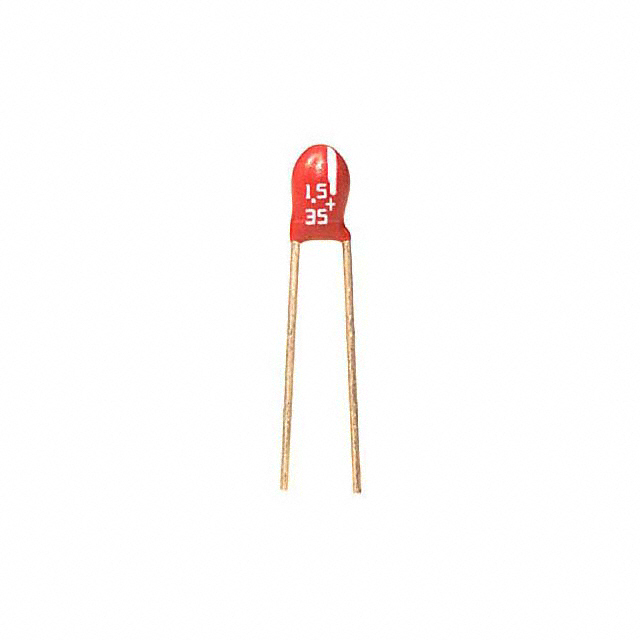
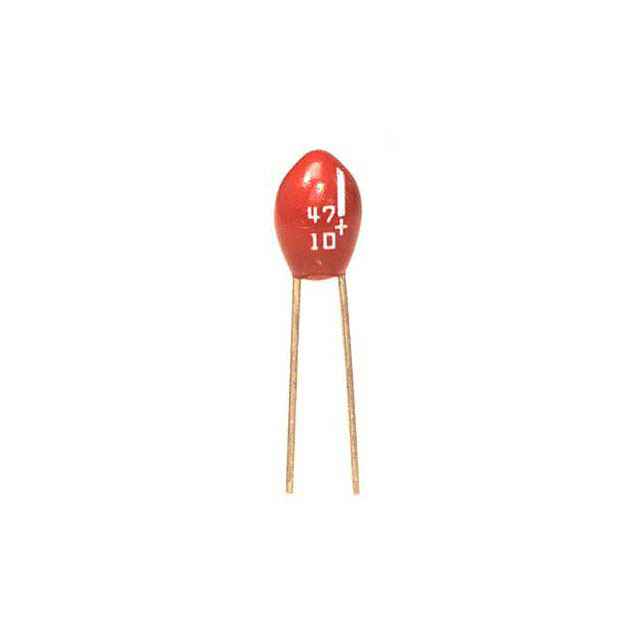
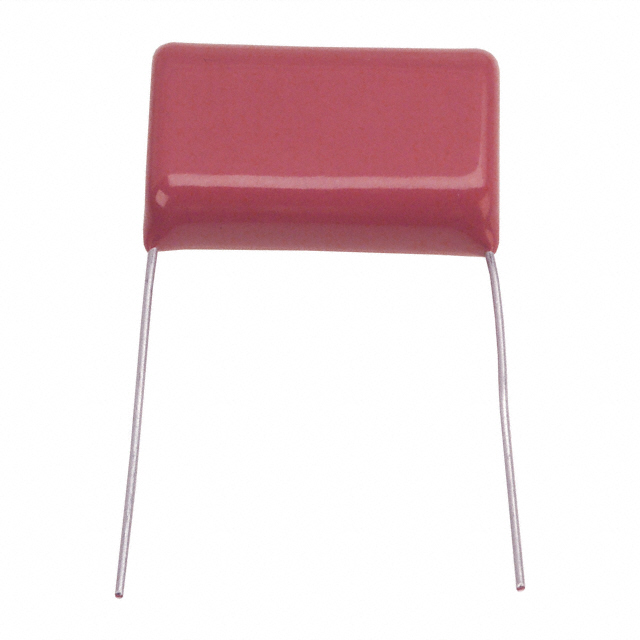
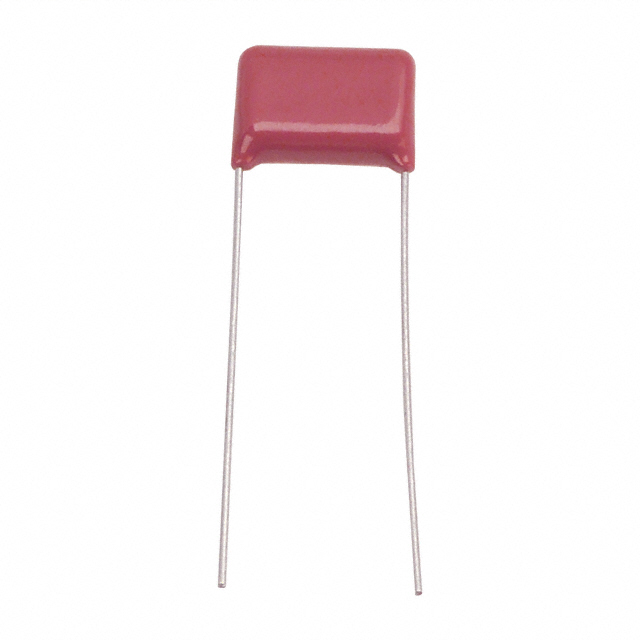
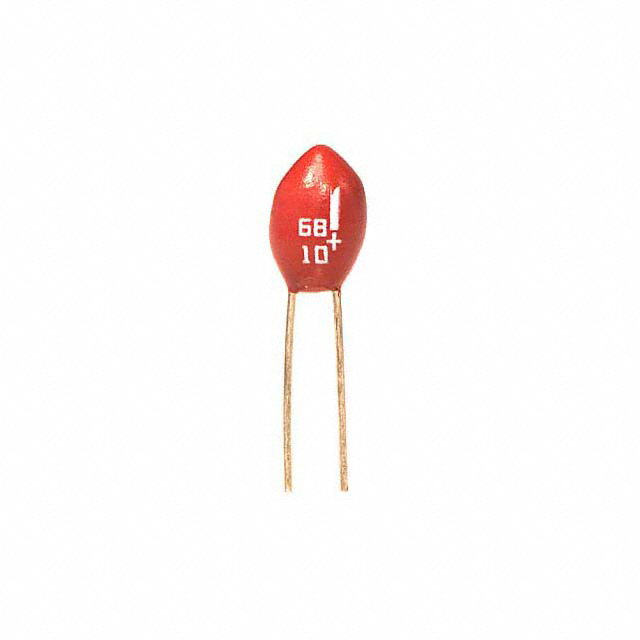



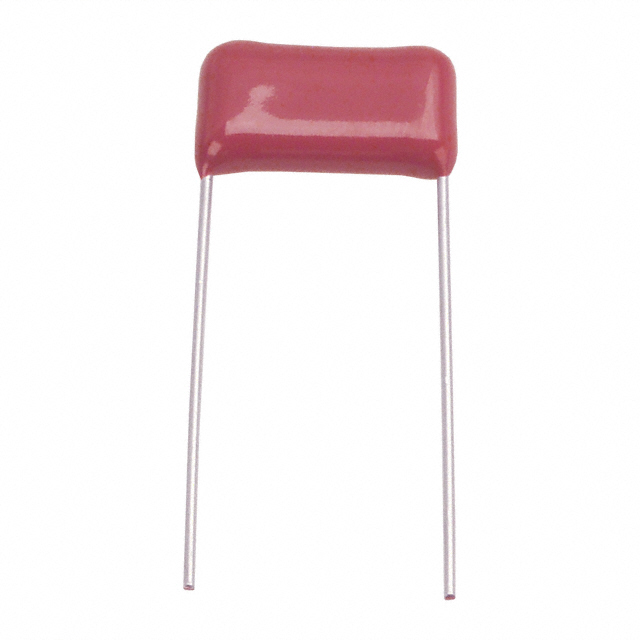
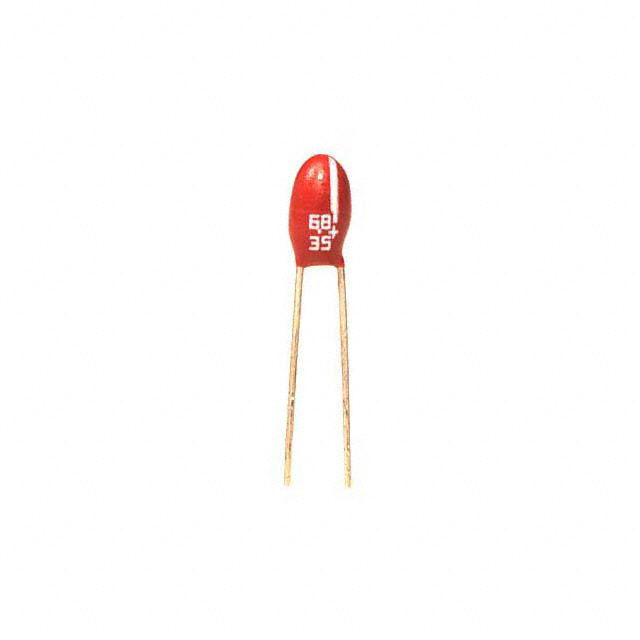
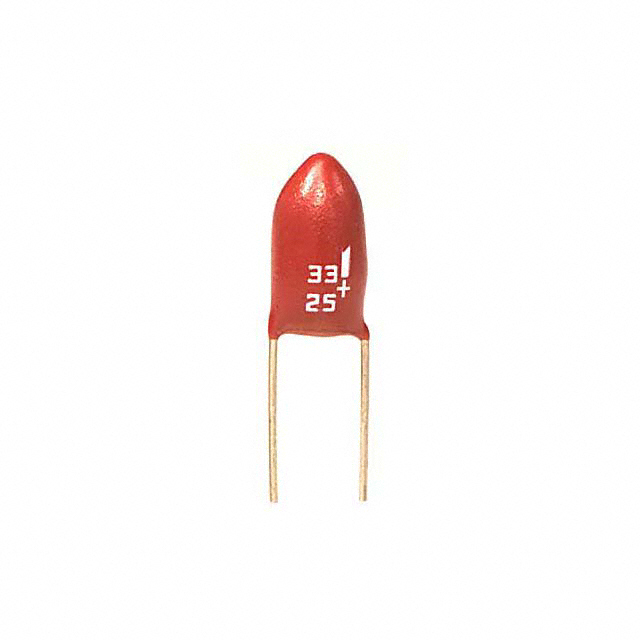

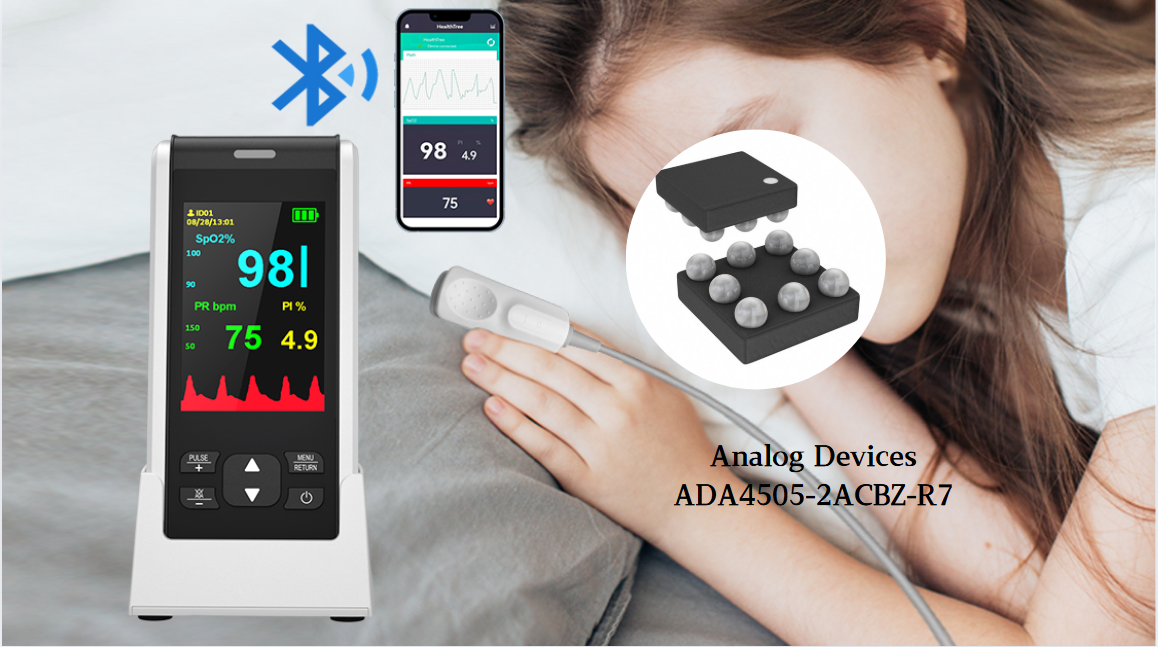

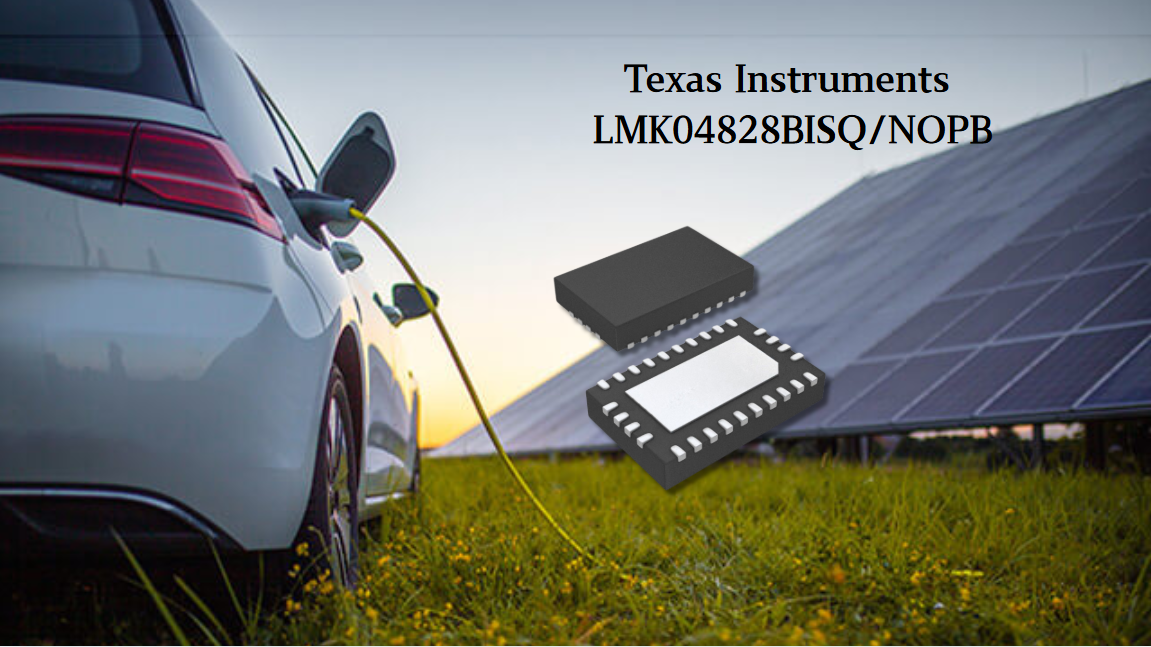
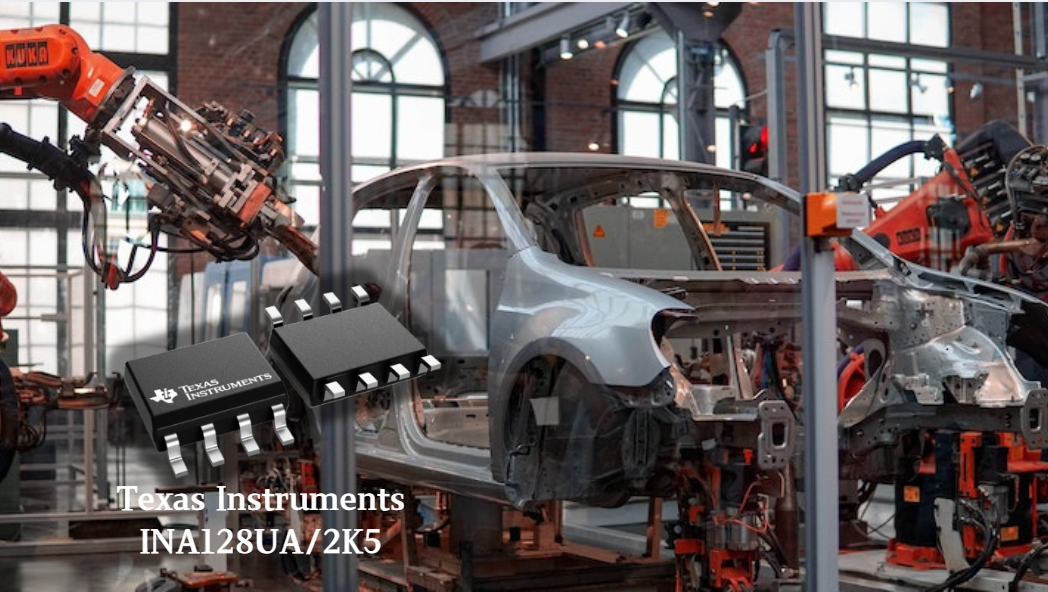
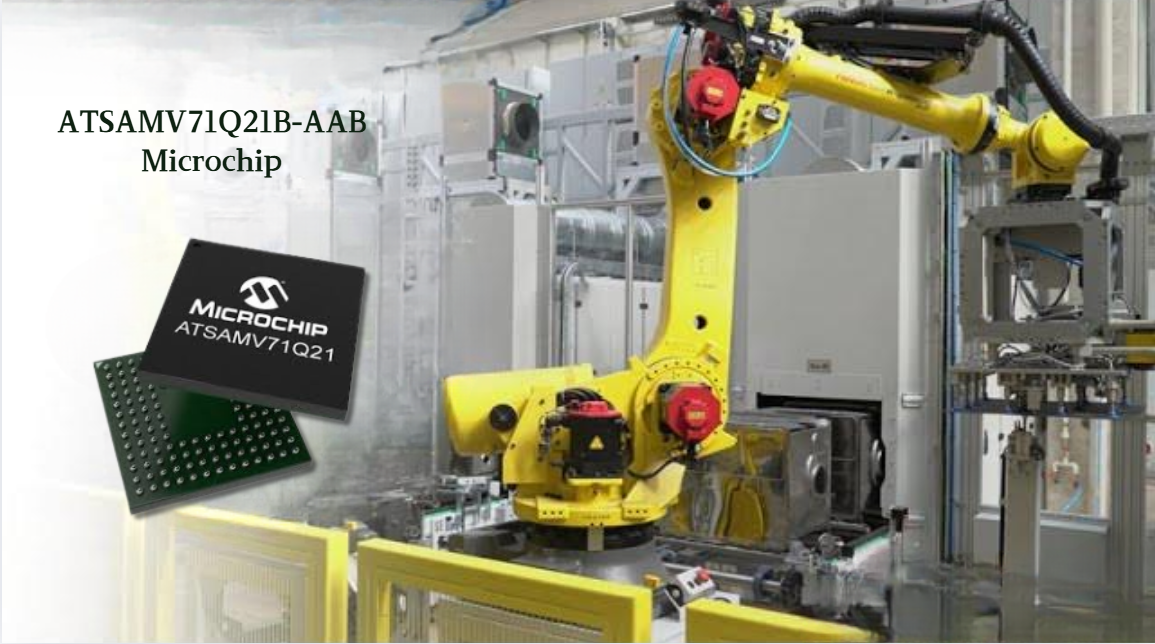
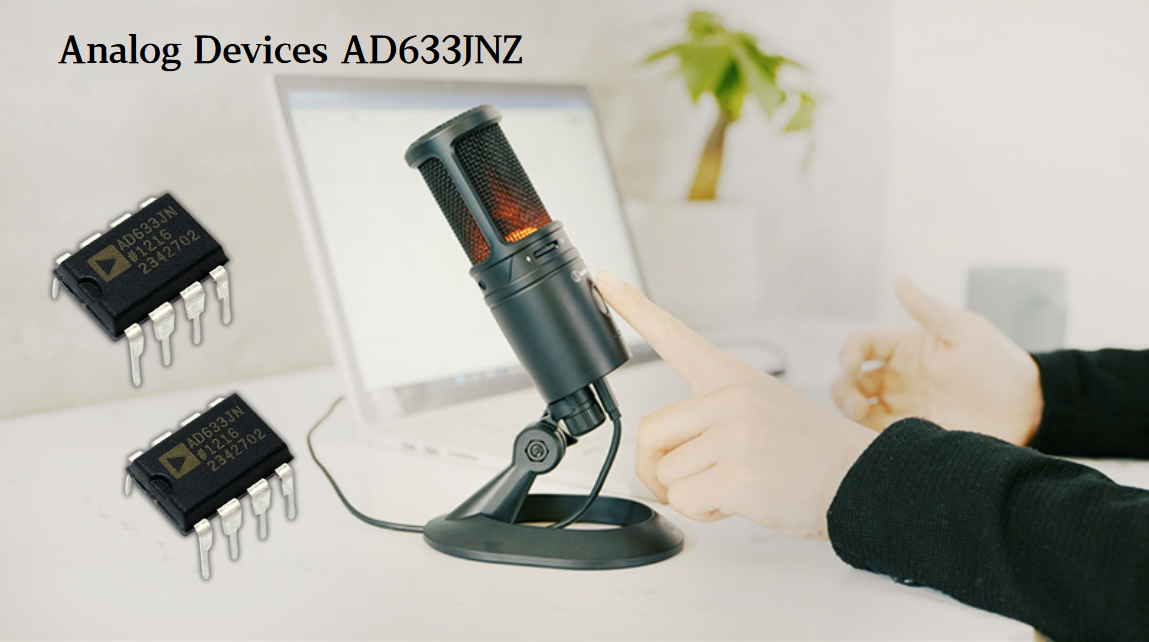
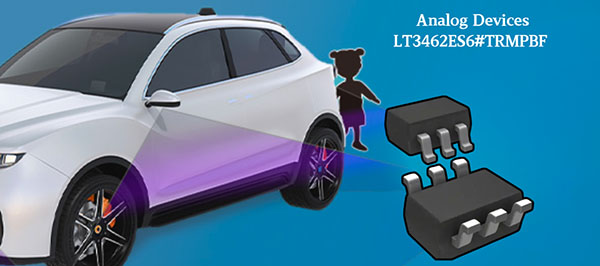


 Wishlist (0 Items)
Wishlist (0 Items) 